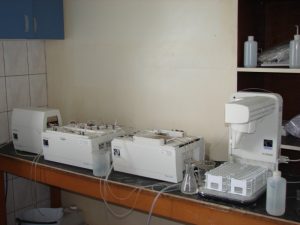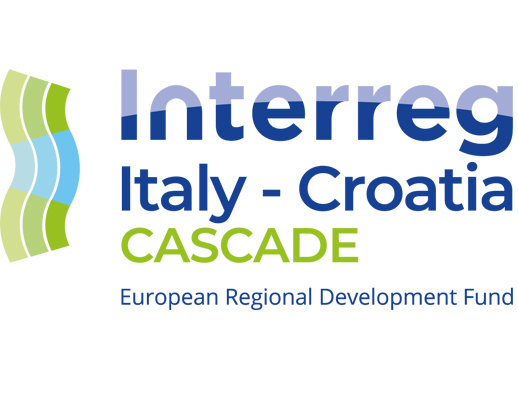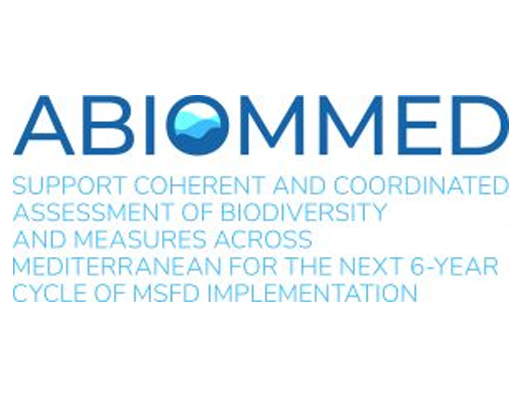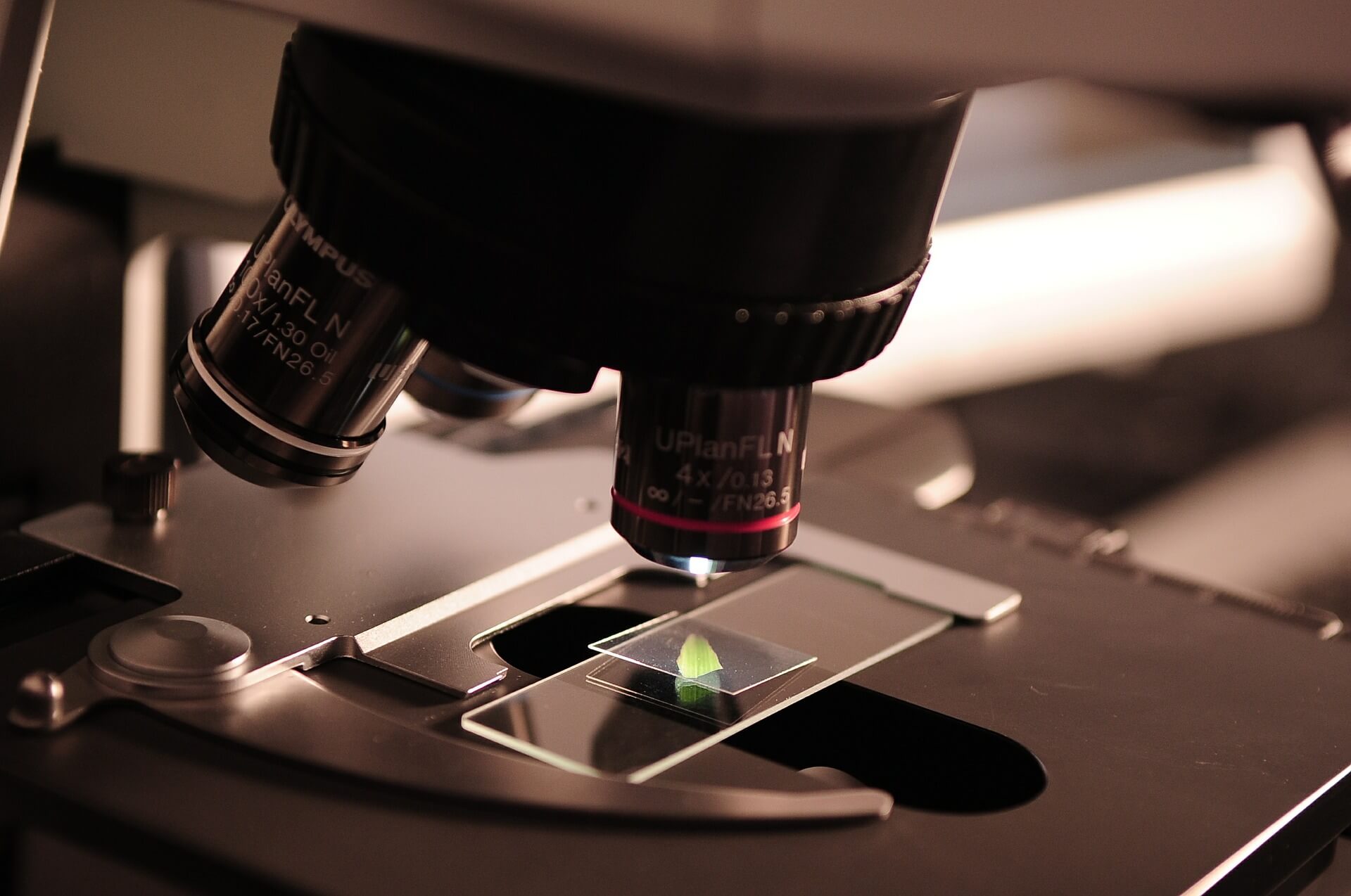Laboratory for Plankton and Shellfish Toxicity
About the lab
We perform interdisciplinary research on the structure and dynamics of phyto- and zoo-planktonic communities and their role in the functioning of the marine ecosystem. These investigations are supported by the long-term data sets that include the composition and abundance of phyto- and zooplankton, as well as primary production data and chlorophyll a concentration, thus representing the special asset of this Laboratory and of the Institute
Our research is focused on:
- determination of spatial and temporal dynamics of phyto- and zooplankton in the transitional, coastal and open waters of the Adriatic Sea
- identification of changes in the plankton communities under the influence of anthropogenic activities and climate changes
- evaluating the importance and role of phyto- and zooplankton communities in the marine food web
- taxonomic investigations of phyto- and zooplankton, with an emphasis on the occurrences of non-indigenous species in the Adriatic
- phytoplankton ecology in nutrient-enriched systems (fish farms)
- the occurrences of toxic phytoplankton species in shellfish farms
Our laboratory develops and implements analytical methods both on tandem Liquid Chromatography- Mass Spectrometry (LC-MS / MS) and Ultra High-Performance Liquid Chromatography (UHPLC) for the purpose of:
- Investigations of marine biotoxins: Amnesic Shellfish Poisoning (ASP), Lipophilic Toxins (LT), Paralytic Shellfish Poisoning (PSP) and their metabolites
- Identification of biotoxin profiles in shellfish and other vectors of biotoxin transfer in the food web and assessment of shellfish toxicity
- Monitoring of the cyclic imines occurrence (gymnodimines and spirolides)
- Determination of tetrodotoxin in fish and bivalve tissues
- Development of sufficiently sensitive chemical instrumental methods: design and application of UHPLC-DAD, UHPLC-FLD, and LC-MS/MS
- Research of the mechanisms of circulation of bisphenol A (BPA) in sediments and shellfish of the Adriatic Sea
- Determination of pigments in fish tissues
- Research on the effectiveness of selected anthelmintics on the larvae of Anisakis sp.
- Quantification of polycyclic aromatic hydrocarbons (PAH) accumulated in marine organisms and sediment
Based on the appropriate, validated, and standardized methods and international proficiency testing in the field of toxic phytoplankton and marine biotoxins, since 2008 we have been accredited according to the requirements of HRN EN ISO / IEC 17025/2017. Laboratory of Plankton and Shellfish Toxicity is National Marine Biotoxins Reference Laboratory (NRL) since 2011.
Staff
Publications
AZA toxin profiles by LC-HRMS in shellfish from Šibenik Bay: AZA-2 predominant analog
Growth dynamics and toxin production of Pseudo-nitzschia species isolated from the Central Adriatic Sea
In situ diversity of the marine diatom genus Pseudo-nitzschia based on morphological characterisation
Projects
Equipment
()
()
()
QIAxcel Advanced System – kapilarna elektroforeza visoke rezolucije
Multifunction sensor for the Simrad PX 80 catch monitoring systems.
()
()
()
()
()
()
()
()
()
()
Used for “grazing” experiments. Diffusion chamber with 150 mL volume and area/volume ratio of 0.67 equipped with two diffusion membranes 8 cm in diameter with pores 0.2 μm in diameter. (The chamber was designed by Šolić and Krstulović, 1994.)
()
()
Used for separating bacteria cells from sediment particles.
Used in the process of determining indicators of fecal matter by the method of membrane filtration. Also used for the preparation of subjects for epifluorescent microscopy.
Used for maintaining temperature while incubating microorganisms alongside additional mechanical stirring.
Used for sterilization of microbiological matter.
Used for maintaining the optimal temperature for incubating microorganisms, as well as conducting various experiments under specific temperatures.
Has various uses; maintaining the temperature of solids before being poured out, conducting experiments at specific temperatures, ensuring stable temperatures for thermometer adjusting…
Flow Cytometer is used for the characterization and quantification of different organisms within microbial community based on cell physical properties.
Liquid Scintillation Analyzer TriCarb 2910TR enables monitoring of various processes occurring within microbial cells by the incorporation of the radioactive labeled substrates.
Epifluorescent microscopes (Olympus BX 50 and Olympus BX51) equiped with the camera is used for the visualisation of microbial cells.
Used for gravitational separation of particles. Max number of revolutions 14 000 rpm.
()
()
()
()
()
()
()
()
()
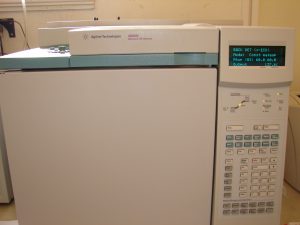
Gas chromatograph GC (Agilent 6890) is used for determining the concentration of organic polluters in sediment and organisms.
Direct mercury analyzer (Milestone DMA-80) used for determining the concentration of mercury in sediment and organisms.
(Info)
The Laboratory is equipped with two spectrophotometers (Shimadzu UV Mini 1240) used for determining the concentration of nutrient salts in seawater and sediment samples.
Automatic analyzer AA500 Seal Analytical (photoelectric colorimeter) for determining the concentration of nutritional salts in seawater samples.
